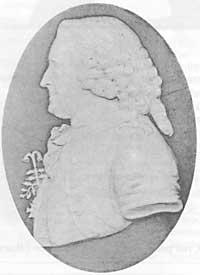Important day in biology: 250 anniversary of the publication of Lineok Species Plantarum
2003/08/29 Imaz Amiano, Eneko - Elhuyar Zientziaren Komunikazioa

Let's go back 300 years. Then the researchers also needed to designate plant and animal species in their work. And many times, instead of naming them, they should be described in the absence of standardized names. Much earlier there were living beings with ‘specific characteristics’ according to their similarities that were grouped into ‘genera’; there were species that were called by two names, but there was no systematic way to name them. The ‘genera’ for the collection of living beings of ‘specific characteristics’ were also completely arbitrary according to the researcher, since all domesticated or aquatic animals were in each genus.
And faced with this situation, the Swedish naturalist Carl von Linné published in 1753 the book Species Plantarum. The book collected about 5,900 plants. But the important thing is not that this collection has been carried out, but the system used to designate the plants. It gave a binomial denomination to all the plants: first put the name of the general group, that is, the genus, for example Pinus, and then the name corresponding to each plant species, for example the lambertiana. And that particular plant species was named as Pinus lambertiana. But in addition, he established more levels than the ‘gender’ to group living beings together.


Gai honi buruzko eduki gehiago
Elhuyarrek garatutako teknologia






